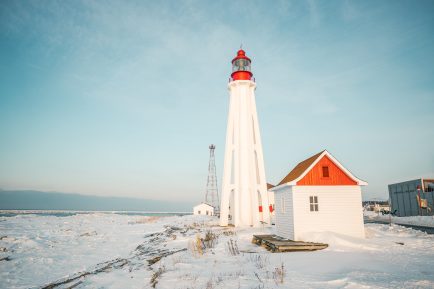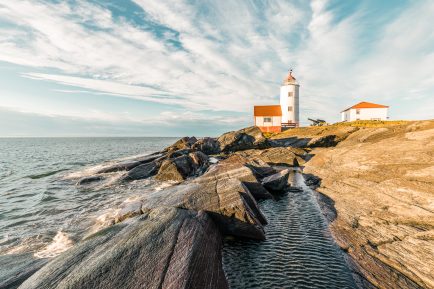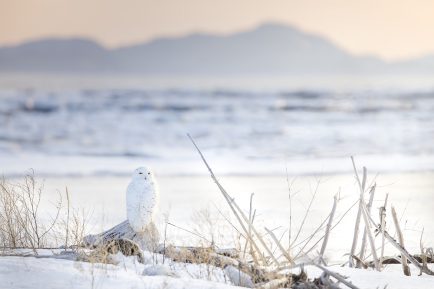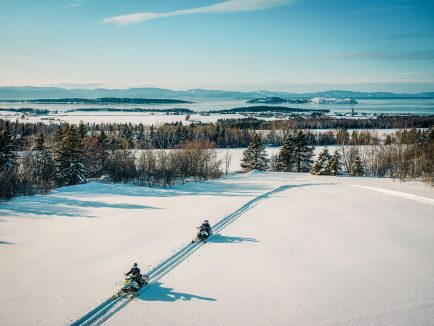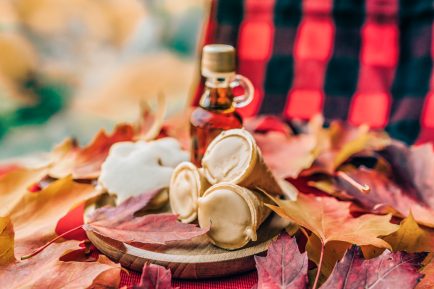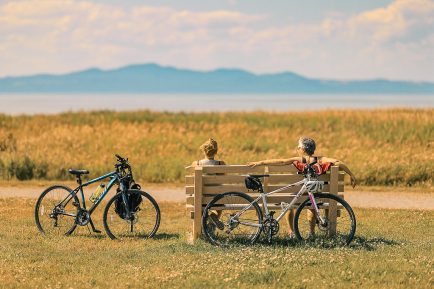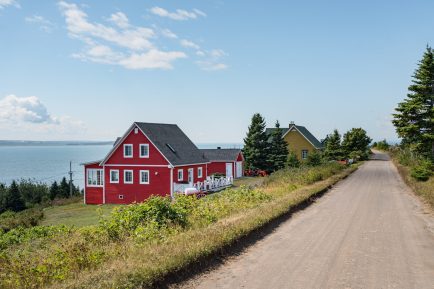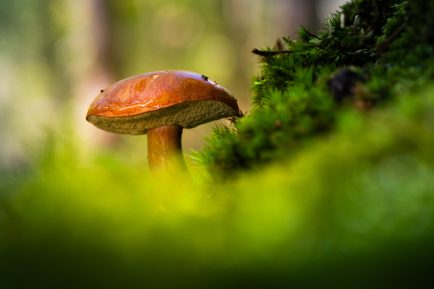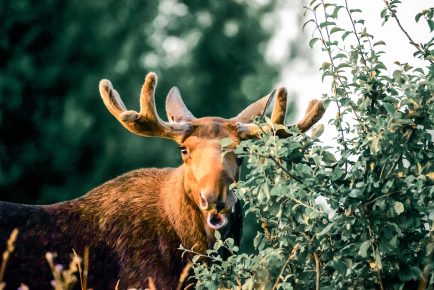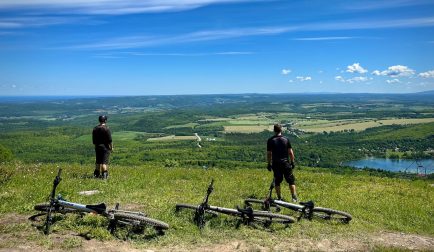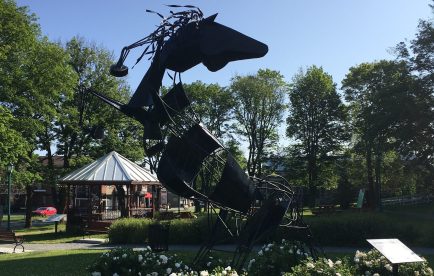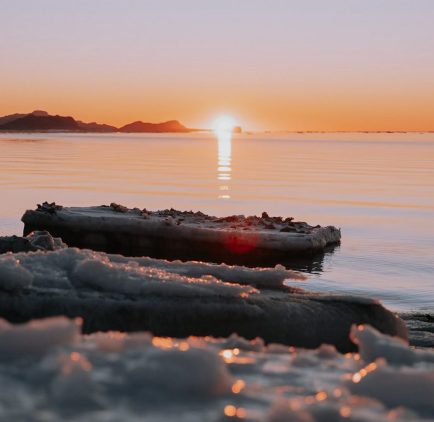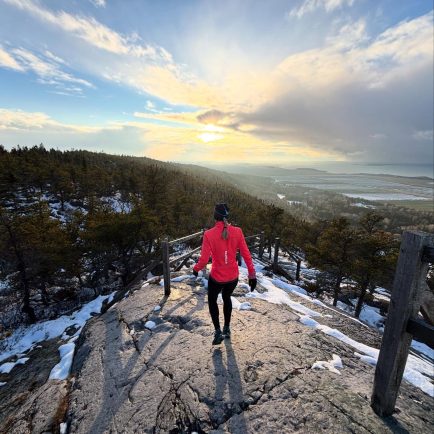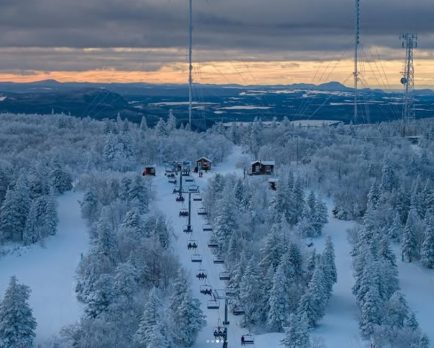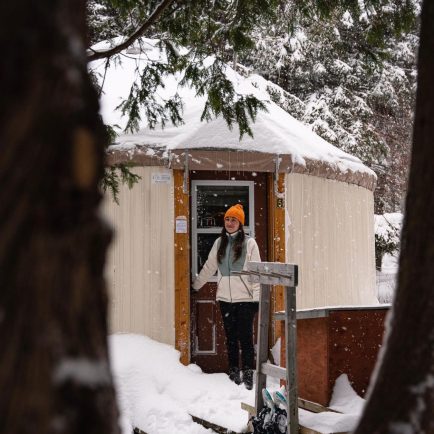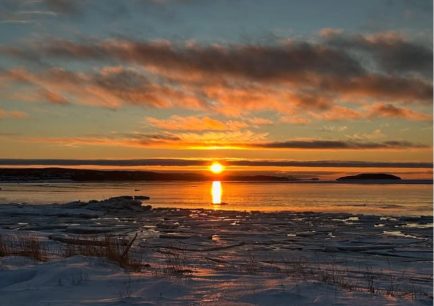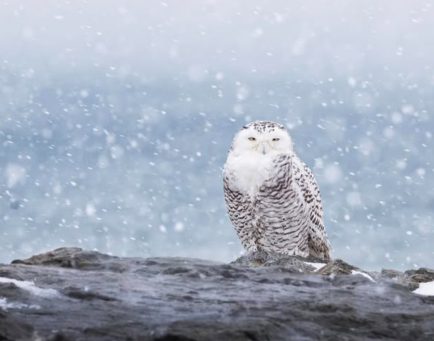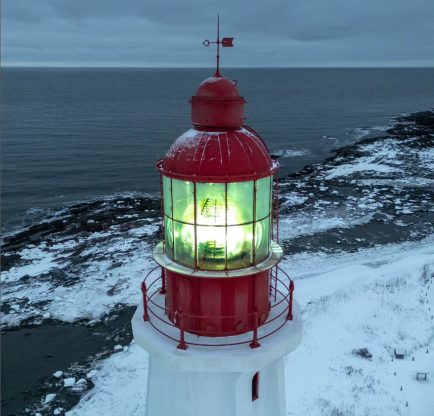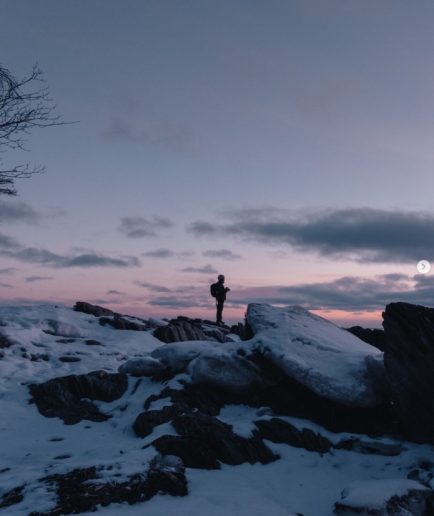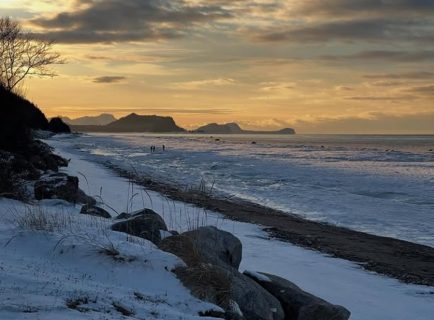My Favorites
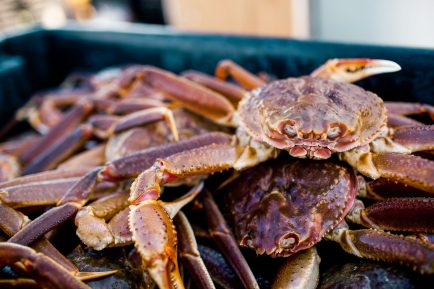
Snow crab, once an outcast, now a true star!

Writing
Marie-Andrée Parent, fascinated by history, she tells our own story with her inspiring pen.
Once upon a time, snow crab was a pariah, thrown back into the water or sold for next to nothing – “25¢ a crab,” a veteran fisherman told me. Today, snow crab season is awaited even more eagerly than spring in Bas-Saint-Laurent!
In the region, no need to check the calendar to know when snow crab fishing season starts: the queues outside the local fish shops speak volumes… Lovers of this delicacy of the sea don’t hesitate to stand in line to be the first to taste the rich, delicate flavour and tender, shredded texture of this treasure from the cold, deep waters of the Estuary and Gulf of St. Lawrence.
Snow crab – Chionoecetes opilio to its intimate friends – is the most abundant and most fished species of the crab family.
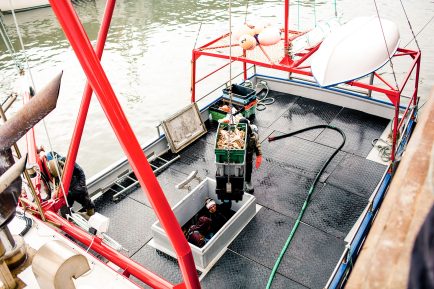
It’s important not to confuse the snow crab with the Alaskan king crab.
With its two claws, the snow crab is a decapod – ten-legged – crustacean whereas the king crab has only eight. The king crab is the largest crustacean in the world – some can weigh up to 10 kilos! – while the largest snow crabs weigh around 1.5 kilos. The legs of the snow crab are longer and thinner than those of the king crab, which has a harder, pricklier shell than the snow crab. Before cooking, snow crab is olive brown, whereas king crab is also known as… red king crab!
The snow crab prefers cold waters and thrives at temperatures between -1°C and 7°C at depths of 50 to 600 metres on bottoms that are usually sandy or muddy.
No wonder it enjoys so much the St. Lawrence River!
Crab fishing is done using traps – crab pots – shaped like an inverted cone with an opening at the top. Each pot contains a bag of bait to attract the crabs and make them fall… into the trap. It should be duly noted that the crab population is closely monitored and strict conservation measures are applied throughout the territory. Quotas are reviewed every year and fishermen must sort their catches by returning immature males and females to the water.
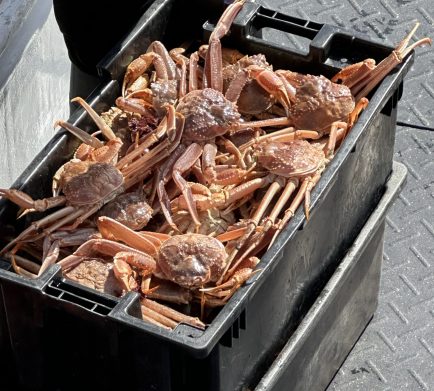
Speaking of catch and release… Long before Québec snow crab fishing became the flourishing industry it is today – it accounts for 60% of total exports, all marine products combined* – snow crab had a poor reputation. Not because people didn’t appreciate its refined taste, but because catching it required too much effort for what little edible flesh it offered. What’s more, people weren’t yet that intimate with chionoecetes opilio…
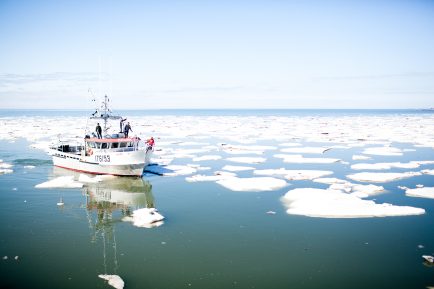
For the record, snow crab fishing in Québec began in the 1960s near Gaspé. The fishery developed as new concentrations of crab were found, but it was mainly in the 1980s that the Japanese, yup, introduced snow crab to the international public – including Québec! – in search of new gastronomic delights.
That is how snow crab fever started to spread in spring, and how this unloved delicacy became the star it is today!
This year, crab fishing in zone 17, which extends from Rivière-du-Loup to Rivière-à-Claude, began on March 24th. It will continue until June 24th, with a total of 1,334 tonnes to be caught (20% less than 2024).
Did you like this article?
You might also be interested in these
@BasSaintLaurent
Include the #BasSaintLaurent hashtag on your posts or tag us when you share your favourite photos and highlights of your trip!

